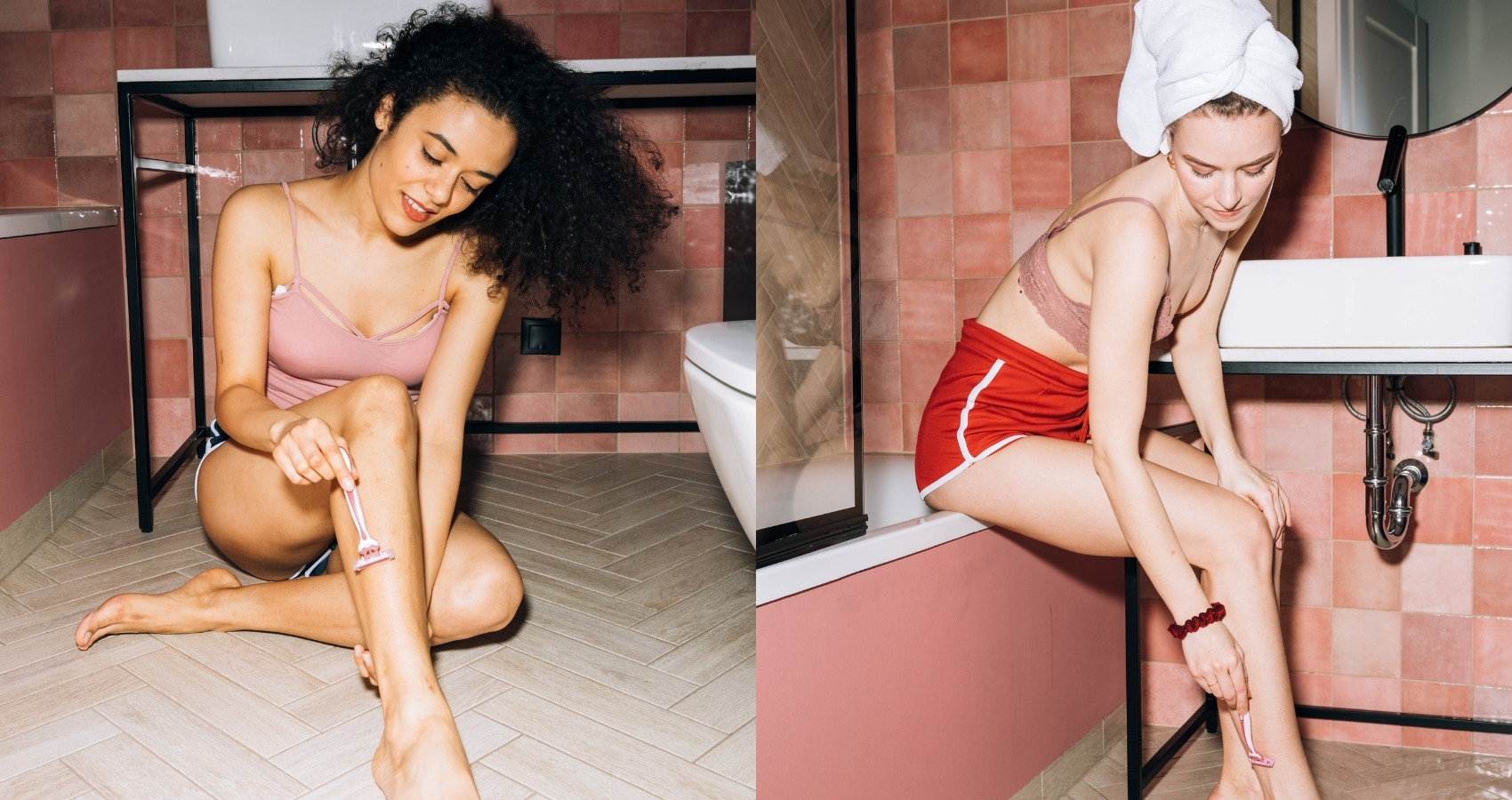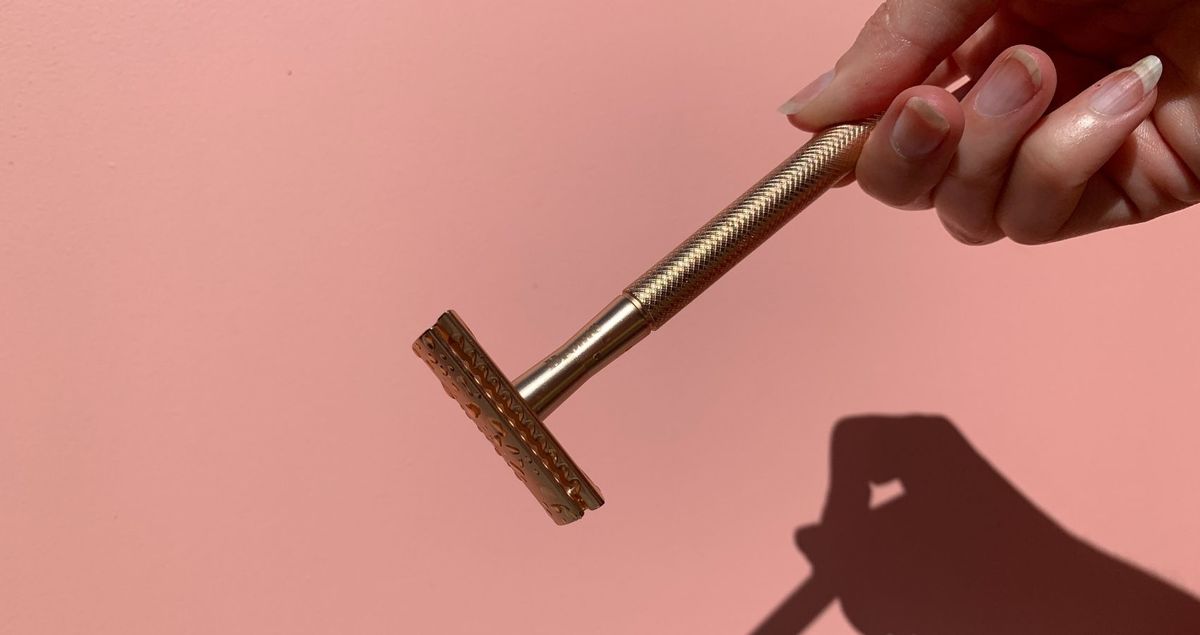
Ingrown Hair: How To Treat It
We're not letting anything ruin your summer.
In addition to being unsightly, ingrown hair after hair removal can be pretty painful. Here’s the lowdown on how to avoid getting them. And if not, learn how to get rid of this annoyance.
Ingrown Hair: What Is It Exactly?
@topicals Where do you get ingrowns the most? 😯 #ingrownhair #ingrownhairs #skineducation #skintok ♬ Euphoria season 2 is making my brain explode - Mars
Hair removal can sometimes leave behind small pimples or unsightly redness when it grows back. Under the skin, the hair gets stuck. This is called ingrown hairs. Your first instinct is to grab the closest tweezers to get it out. We applaud the savagery but that’s an absolute no-go. To avoid infection and scarring, there are other ways to prevent and treat ingrown hair properly
An ingrown hair is simply hair that cannot emerge and gets stuck in the skin. Consequently, it curls and grows sideways under the epidermis creating a sore bump. Ingrown hairs can affect all the shaven parts of the body, from the chin (for men), and underarms to the pubic area. Additionally, coarse and curly hair is more prone to this condition.
Good news: most ingrown hairs are harmless and will go away without treatment. Bad news: some can quickly turn into inflammation or even infection, especially if you have a habit of trying to remove them with tweezers!
How To Prevent Ingrown Hairs?

Prevention is the best solution. Here are a few ways to keep ingrown hair at bay.
Softening the skin
Before waxing, specialists advise softening the skin by taking a hot bath or shower. This will make hair removal effective and pleasant. It reduces the risk of ingrown hairs as well.
Exfoliating
Exfoliating is one of the best things you can do for your skin. On a weekly basis, give yourself a gentle exfoliation of the waxed areas. By removing dead skin the skin becomes thinner, which makes it harder for the growing hair to curve.
Changing hair removal methods
Remember to clean your shaving tools after each use to prevent bacteria from taking hold. And if you notice that ingrown hairs appear systematically after shaving, you should consider changing your hair removal technique.
Soothe your skin after moisturizing
If your skin feels tight after waxing, don't hesitate to soothe it . For example, you can opt for an aloe vera gel or coconut butter. Both have calming properties. Any good emollient will do the trick.
Dealing With Infected Ingrown Hairs

In some cases, ingrown hair can become infected or develop into a cyst. Once again, we recommend that you do not try to handle it yourself. The appropriate course of action is to seek a dermatologist.
The health professional can remove the ingrown hair with sterile equipment. Otherwise, he or she can prescribe a cream, designed to make the hair shed by itself. Whenever there is inflammation, your dermatologist might add some oral and topical antibiotics to the cocktail.
Another professional removal technique is using a laser to destroy the hair. It sounds scary, but it will definitely close your ingrown hair case.
If you notice a proneness for ingrown hair in general, a little trip to a dermatologist might be wise.










